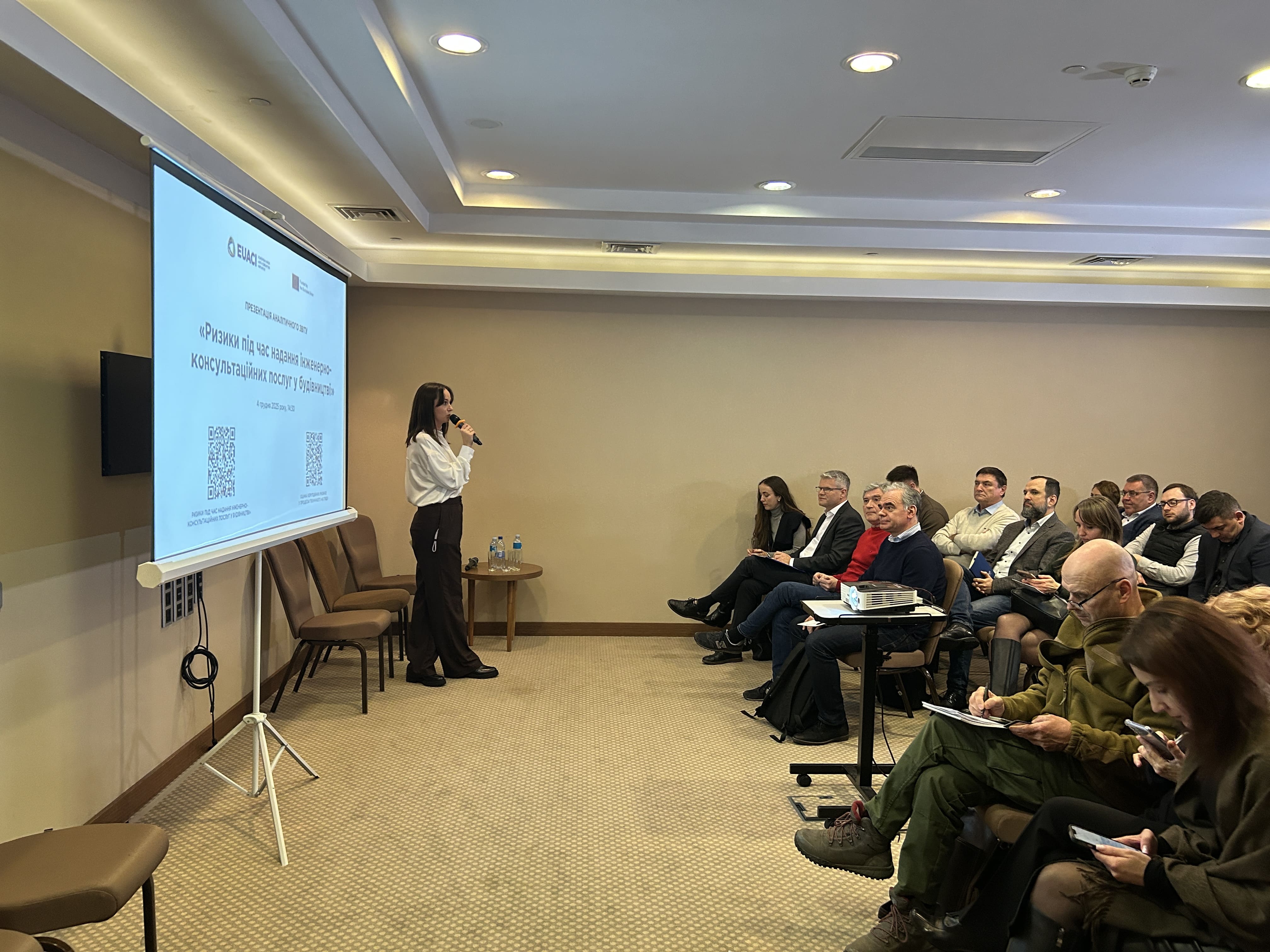In the context of full-scale war, the work on regional development is becoming even more important. The Geographic Information System (GIS) for monitoring and evaluating the development of regions and territorial communities will become one of the key tools for quality planning and decision-making regarding reconstruction and regional development in Ukraine.
The main tasks of the system are to collect, process, systematize, and visualize data. This will help decision-makers, citizens and potential investors to get informed about relevant public data in a particular region or community.
The idea of a regional development GIS has been in the pipeline for more than 10 years. In 2022, legislation was updated, and the actual development of the system’s key modules started with the support of the EU Anti-Corruption Initiative.
During an event on 12 March, The Ministry for Communities, Territories and Infrastructure Development of Ukraine presented two functional products of the Geographic Information System – an Interactive Map and Strategic Planning Tool.
In his welcoming speech, Vice Prime Minister for Recovery Oleksandr Kubrakov highlighted: “Making managerial decisions based on up-to-date data is one of the key principles of reconstruction of our regions and communities. The implementation of a GIS will allow us not only to make these decisions efficiently but also help us plan and monitor the country’s restoration properly. A clear understanding of local problems, strengths and weaknesses of the social and economic sectors, and the development of regions and communities, will contribute to the successful restoration and transparent use of the country’s financial resources.”
Remi Duflot, Deputy Head of the Delegation of EU to Ukraine, reminded about the launch of the European support program Ukraine Facility in 2024. Part of the program is the Ukraine Plan, which contains a roadmap of crucial reforms for economic growth and restructuring for the next four years. “In these circumstances, the issues of transparency and accountability have become even more important. GIS is an important tool, and regional development planning and monitoring is based on no less important principles.”
.jpg)
Currently, the GIS is in the stage of developing its administrative part, including e-cabinets for all reconstruction stakeholders such as territorial communities, regional state administration, the Ministry for Restoration and the Agency for Restoration. The latter will become the system administrator and will implement reconstruction projects in Ukraine and coordinate them on the ground.
“EUACI engages in digital projects, like this GIS development, because we are sure that these digital tools are probably the best way to close some gaps for corruption. They create transparency, accountability, and, of course, they provide access to information that wasn`t before easily accessible. For civil society, for media, it’s also an important tool for them in their role as being “watchdogs”, keeping an eye on the authorities”, mentioned the Head of the EUACI, Allan Pagh Kristensen.
.jpg)
During the presentation, Khrystyna Zelinska, project manager of the Regional Recovery and Development GIS project, spoke about the developed system modules and their features.
%20(1).jpg)
Interactive map. It has 7 layers with different sets of quantitative data on budget, business activity, basic socio-economic indicators, functional types of territories, and the extent of damaged and destructed buildings and objects.
Strategic planning. A place where all strategic documents are collected in a digital format. This module will allow you to monitor the status of key tasks and projects.
The first version of the Geoinformation System for Monitoring and Evaluating System for the Development of Regions and Territorial Communities will be developed by the end of May 2024. In the coming years, it is planned to scale up the system and expand its functionality.
Watch the full video of the presentation.


